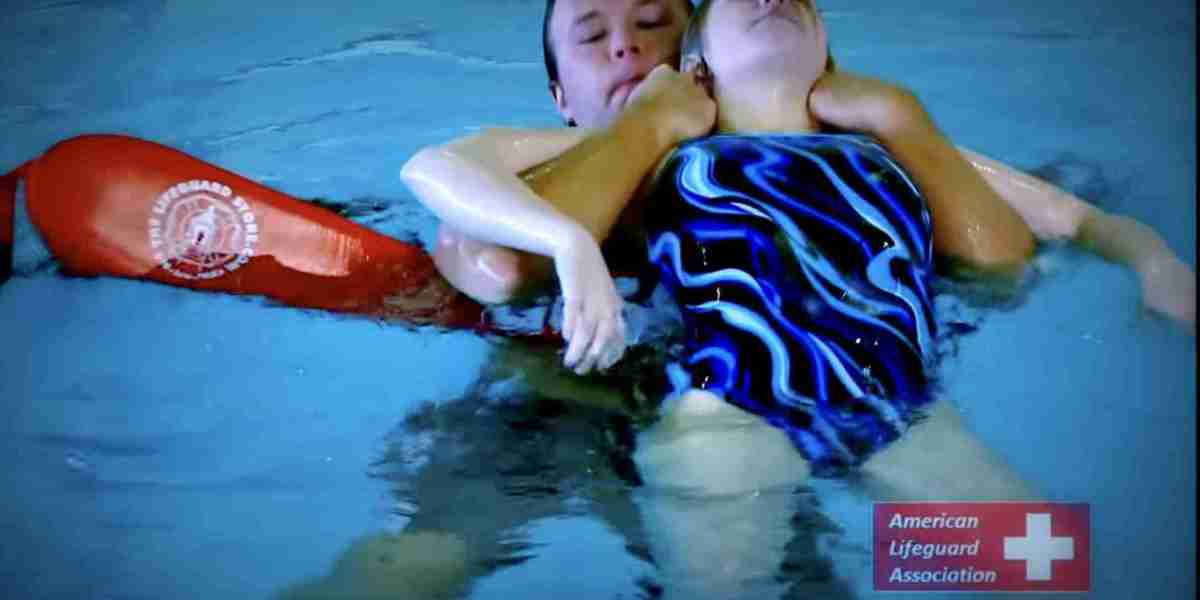Water rescue skills are essential for anyone aspiring to become a lifeguard. A comprehensive lifeguard course provides the training needed to handle emergencies in aquatic environments effectively. In this article, we’ll explore how a lifeguard course prepares you for water rescue, detailing the skills, techniques, and knowledge you’ll gain through your training with the American Lifeguard Association.
The Significance of Water Rescue Training
Understanding Water Rescue
Water rescue involves a range of techniques and procedures designed to help individuals in distress in aquatic environments. This can include rescuing swimmers in pools, lakes, oceans, or other bodies of water. The primary goal is to prevent drowning and provide immediate assistance to those in need.
The Role of Lifeguards
Lifeguards are trained professionals who monitor water environments to ensure safety and respond to emergencies. Their role extends beyond just rescuing swimmers; they are also responsible for preventing accidents through vigilance and proactive safety measures.
Key Components of Lifeguard Training
Swimming Proficiency
Swimming Proficiency is the foundation of water rescue training. A lifeguard course includes rigorous swimming drills to ensure participants can handle various aquatic scenarios. You’ll learn and practice essential strokes, such as freestyle, breaststroke, and sidestroke, to perform effective rescues.
Rescue Techniques
Rescue Techniques are crucial in a lifeguard course. Training focuses on various methods to safely reach and assist individuals in distress. Techniques include:
- Reach and Throw Rescues: Using poles, ropes, or other tools to help individuals in trouble without entering the water.
- Entry and Exit Techniques: Safe ways to enter and exit the water during a rescue, including techniques for jumping, diving, or sliding into the water.
- Towing Methods: Techniques to tow an individual back to safety, including single and double rescues.
Emergency Response Training
Emergency Response Training prepares you for medical emergencies that may accompany a water rescue. You will learn how to assess and manage injuries, perform first aid, and administer CPR. The American Lifeguard Association emphasizes the importance of quick and effective medical interventions in their courses.
Scenario-Based Training
Scenario-Based Training involves practical simulations of emergency situations. This hands-on approach allows you to practice rescue techniques in controlled environments, preparing you for real-life scenarios. Simulations may include:
- Drowning Victims: Practicing techniques to rescue and revive individuals who are struggling to stay afloat.
- Spinal Injuries: Learning how to handle individuals who may have suffered spinal injuries in the water.
- Multiple Victims: Managing situations with more than one person in distress, coordinating rescues, and providing care.
The Benefits of Lifeguard Courses
Confidence and Preparedness
Completing a lifeguard course boosts your confidence and readiness to handle water emergencies. The extensive training and practice ensure that you can perform rescues calmly and efficiently under pressure. This confidence is crucial for effective performance in real-life situations.
Skill Development
A lifeguard course helps develop a range of skills necessary for water rescue, including:
- Physical Fitness: Enhanced swimming skills and physical conditioning to handle the demands of rescue operations.
- Decision-Making: Improved ability to make quick, informed decisions during emergencies.
- Communication: Skills to effectively communicate with individuals in distress, other lifeguards, and emergency personnel.
Career Opportunities
Earning a lifeguard certification opens up various career opportunities in the aquatic industry. Certified lifeguards can work at public pools, beaches, water parks, and private resorts. Additionally, advanced certifications, such as a lifeguard instructor course, offer opportunities to train future lifeguards.
How Long Is a Lifeguard Course?
The duration of a lifeguard course varies depending on the level of certification and the training provider. Generally, a basic lifeguard course lasts between 20 to 30 hours. This can be spread over several days or weeks, depending on the schedule of the course. Advanced courses, including lifeguard instructor courses, may require additional hours of training.
How Much Does a Lifeguard Course Cost?
The cost of a lifeguard course can vary based on several factors, including the provider, location, and type of course. On average, basic lifeguard courses range from $150 to $300. Advanced certifications or specialized training may be more expensive. It’s important to consider the value of the skills and career opportunities that come with certification when evaluating the cost.
Finding a Lifeguard Course Near Me
Researching Training Providers
To find a lifeguard course near you, start by researching local training providers. The American Lifeguard Association offers a network of accredited instructors and facilities nationwide. Visit their website to locate a course in your area.
Evaluating Course Content
When choosing a lifeguard course, review the course content to ensure it covers all essential topics. Look for courses that include comprehensive training in rescue techniques, emergency response, and practical simulations.
Checking Instructor Qualifications
Ensure that the course instructors are certified and experienced in lifeguard training. Qualified instructors provide valuable insights and ensure that you receive high-quality instruction.
Reading Reviews and Testimonials
Check reviews and testimonials from past participants to gauge the effectiveness of the course. Feedback from previous students can provide insights into the quality of training and the overall experience.
Conclusion
A lifeguard course is crucial for preparing you to handle water rescues effectively. Through rigorous training in swimming proficiency, rescue techniques, emergency response, and practical scenarios, you will gain the skills and confidence needed to perform rescues and manage aquatic emergencies. The American Lifeguard Association offers comprehensive training programs that equip you with the knowledge and abilities to become a competent and effective lifeguard. Investing in lifeguard training not only enhances your skills but also contributes to the safety and well-being of others in aquatic environments.














